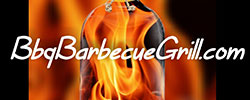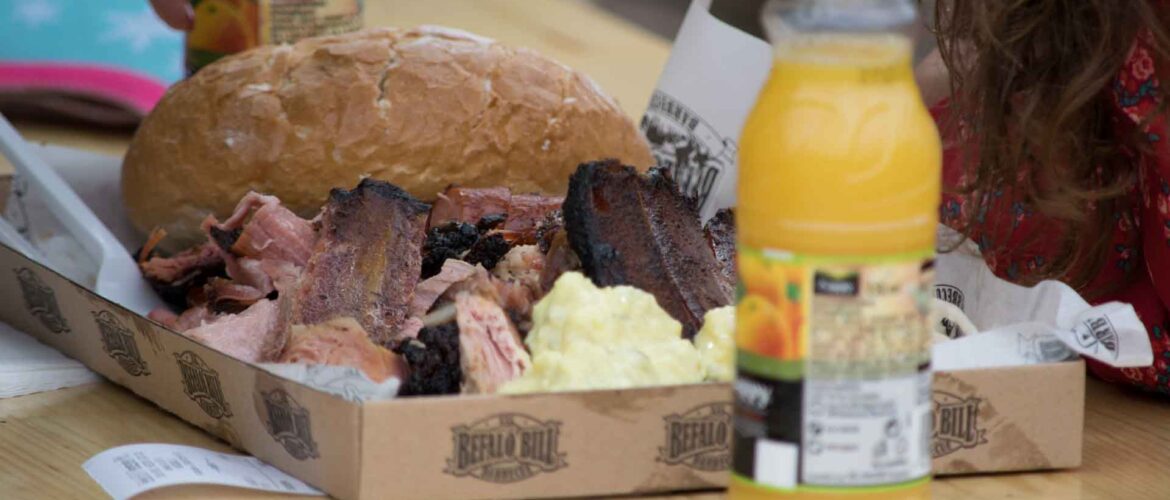Who doesn’t love barbecue? When we’re talking about barbecue, it’s important to know the actual barbecue definition, because many people confuse it with simple grilling. Barbecue actually means an entire process in which food that has been marinating and then cooked or smoked over fire.
When somebody says they’re getting ready to grill, that’s not the same as getting read to barbecue, meaning that they’re simply getting ready to cook some food over the fire. Its important to note that many people don’t even realize that there is a difference between grilling and barbecuing.
Grilling is simple and fast, while barbecue includes a process that perfects the food over a period of time. How do you spell barbecuing? I’d use the word “flavor” or “personality”. BBQ basically takes more work, cooks longer, and adds more flavors.
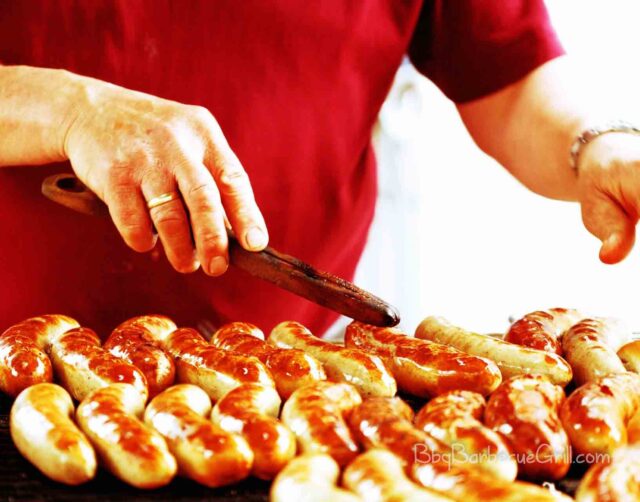
Who Invented BBQ?
All foodies wish we knew the answer to this question! Whoever he or she was, they were the ultimate grill masters, however, there’s simply no conclusive evidence of barbecue origins. Where did barbecue come? We know the word “barbecue” itself may have originated from the Taino Indian word “barbacoca”, which refers to a tool used for cooking over the open flame.
Other historians argue it also could have come from the French expression “barbe e queue” — which translates quite literally whiskers to tail. While this sounds far-fetched, back in the days of Imperialism and exploration, it’s possible a French explorer came across early renditions of skewering and kabobs. In countries like the Philippines, street vendors will actually now take the bits of food we don’t typically eat, such as entrails, and fry them up over an open flame as a tasty snack. It’s not a stretch to say that the French could have come across people gathered around the fire, eating some critter on a stick that we would cringe at today.
Today, the word barbecue means pretty much the same thing in every language. Even the word barbecue, in Hindi, means meat that has been barbecued or grilled in a highly seasoned sauce, according to the Hindi-English dictionary online.
BBQ in America
Barbecue (or barbeque, depending on where you’re from) became a favorite food of Americans in the late 1900s when ranchers made their way with their cattle across the Midwest. Cowboys didn’t slaughter their own cows so they, themselves, could eat. They saved most of the good meat for their customers – restaurants and butcher shops. They took the leftovers, which were tough and stringy, as their own meals. The cow meat was so tough that it had to be cooked for hours and hours on end in order to be soft enough to eat.
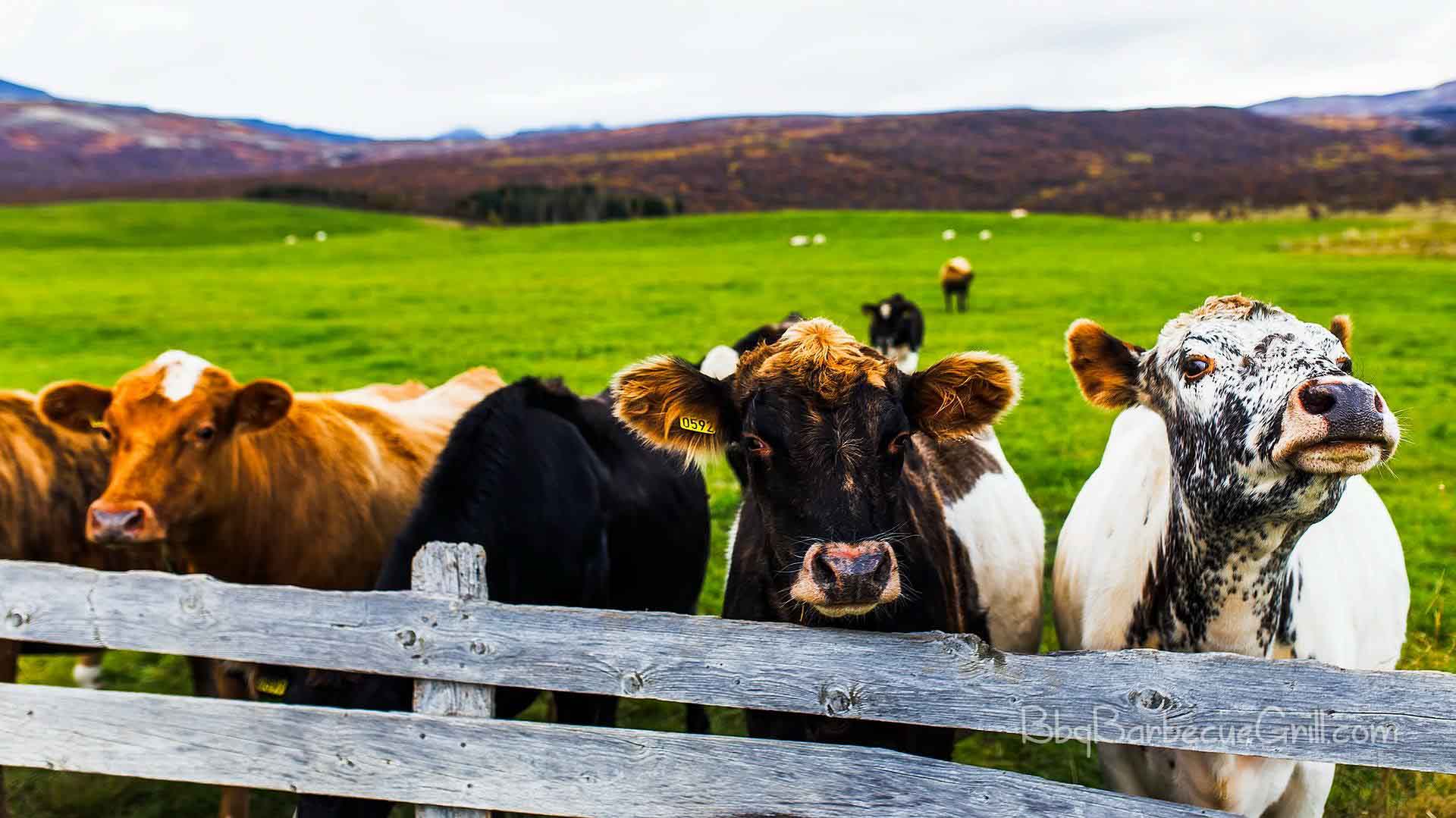
To understand barbecuing origins in America have to take into account African American history. In the Deep South of America, African Americans, usually only given leftovers to eat after a hard day’s work, created deep barbecue pits that worked to soften the meat by cooking all day, creating the most flavorful long-cooked meat in the country, such as pulled pork. Today, we can’t imagine life without this classic dish, but it was borne out of poverty and the innovation of African Americans throughout early American history.
Where did our favorite BBQ ribs originate? America was probably the country. Ribs can be cooked using smoked in a variety of ways. Many people who barbecue will layer their ribs on racks smothered in tomato sauce. The Texas style beef brisket is also used on very tough cuts of meat, cooked for hours on end and then served with tomato sauce. Barbecue is loved because it is so easily used to transform tough cuts of meat, and then the sauce helps create a whole new flavor on top of it.
Barbequing history is a fascinating subject, because cultures all over the world have had different types of barbequing throughout time. For example, there are many different barbecue sauce styles by region.
Traditional and Modern Barbecue
If you aren’t adding a sauce or some kind of flavoring, many will say that you’re simply grilling meat, not having a barbecue. A traditional barbecue is a social event, involving the serving of meat that has been basted with some kind of sauce, and slow cooked for five to six hours at a low temperature (usually about 200F), over either wood or charcoal.

Traditional barbecue meats are cuts of steak or pork, but today, we more often think of hamburgers and hot dogs. In some regions, you might also see bratwurst or other kinds of sausage. You might also find kebabs including roasted vegetables, as well as meat. Texas, Virginia, both of the Carolinas, and Georgia, all claim to be the authentic home of barbecue and those claims may have some validity in each area, as each state has its own barbecue etiquette and traditions, as well as its own methods and sauces to make for a unique barbecue experience.
A Texas barbecue sauce is thick and sweet, with rich tomato flavor. The Texas dry-rub has a mixture of seasonings. Whether the sauce or the rub is used, each is typically applied to large cuts of beef, which are then hung to cook slowly over a well-controlled fire.
Barbecue Sauces
Barbecue history in America can’t leave out the history of barbeque sauce. Almost always this sauce will be a tomato base that the meat will soak in for several hours or overnight, and be reapplied as you baste throughout the cooking time.
Today, there are many barbecue sauce brands and barbecue recipes that stem from the different part of America. Just like so many cultural part of the US, there is diversity – and a story, behind most of these sauces. Historically speaking, many foodies will tell you that Heinz introduced the first BBQ sauce as their tomato- based ketchup in 1875. Almost every BBQ sauce recipe is tomato-based.
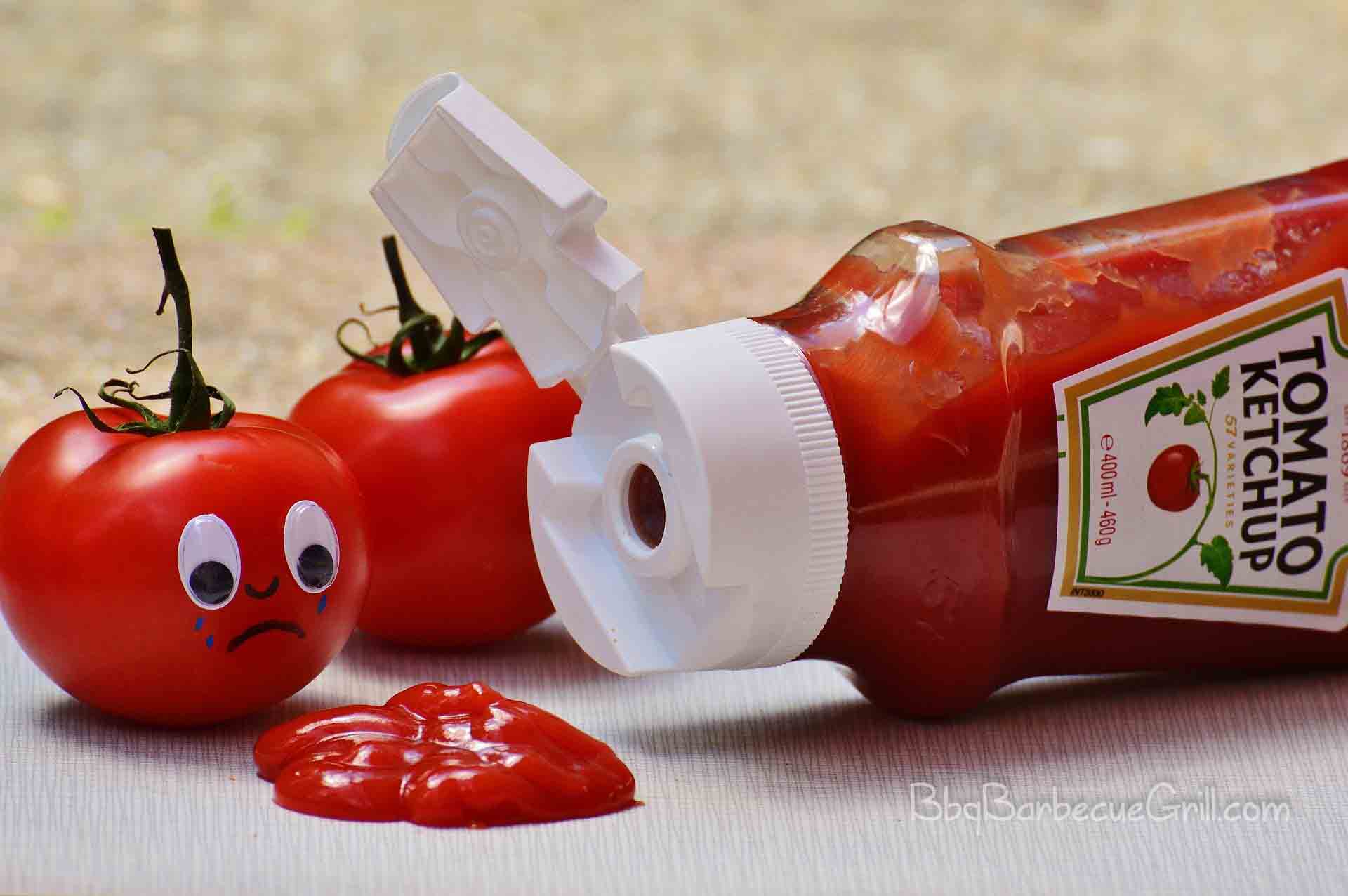
Some of the favorite barbecue sauces of Americans contain classic ingredients from of the older days when we made them by hand, using tomato sauce, vinegar, and sugar. Other regions enjoy sauces with vinegar and mustard in them. The types of barbecue sauce vary in different areas. In Texas, they like a hotter sauce for their barbecues food, usually containing tomato, cumin and chili flavors. In parts of the Midwest, such as Kansas City, you’ll find that residents enjoy a sweeter, tomato and molasses-based sauce. In the South, you’ll find anything from white mayo to tomatoes, vinegar and molasses are used on top of ribs. The Carolinas, however, prefer a more acidic taste, using vinegar, pepper and mustard as their favorite BBQ sauce ingredients.
There is nothing better than a homemade sauce. Today’s BBQ sauces on the shelf contain a lot of ingredients that we just don’t need to use to have a good-tasting rack of ribs. High fructose corn syrup, MSG, added salt and sugar are just a few of the things that you’ll find in shelf-stable sauces that we really can do without.
Here is a classic, and easy barbeque sauce recipe from Martha Stewart. If you’re interested in more easy sauces and recipes, you should find yourself a good History of BBQ book, such as Barbecue: The History of an American Institution, a book by Robert F. Moss, which is available on Amazon and at other retailers on and offline.

